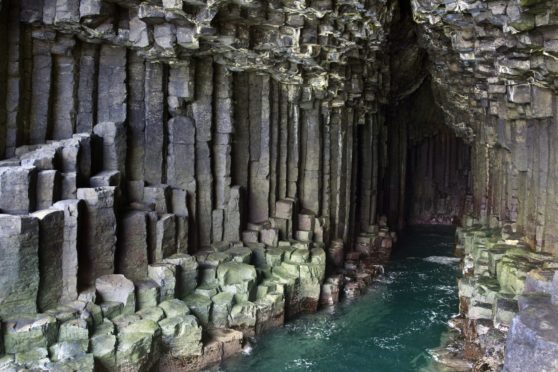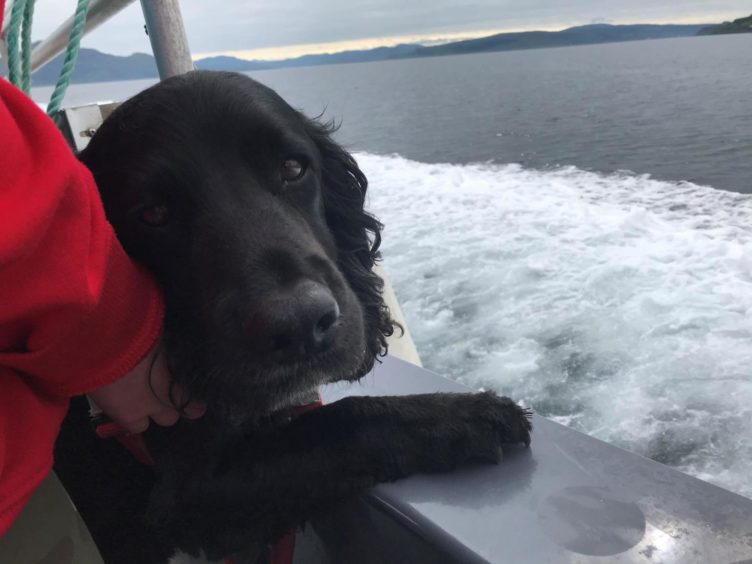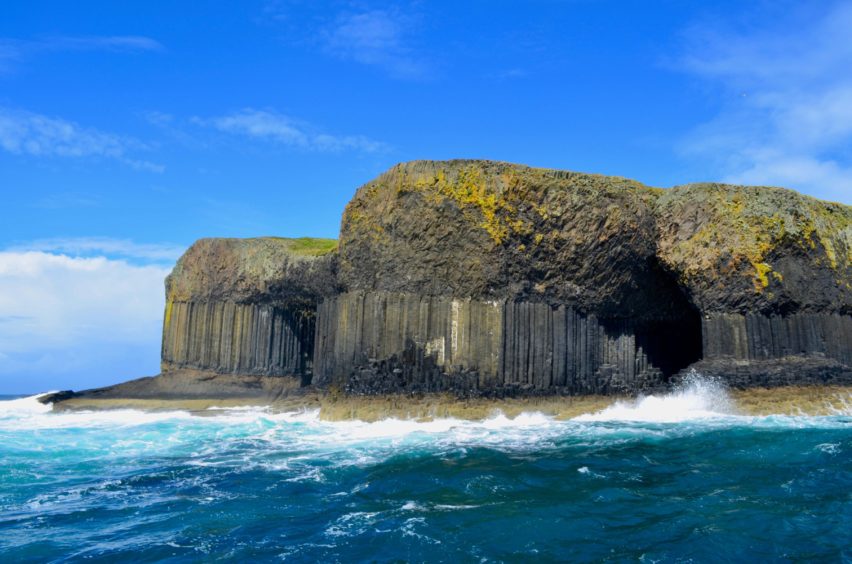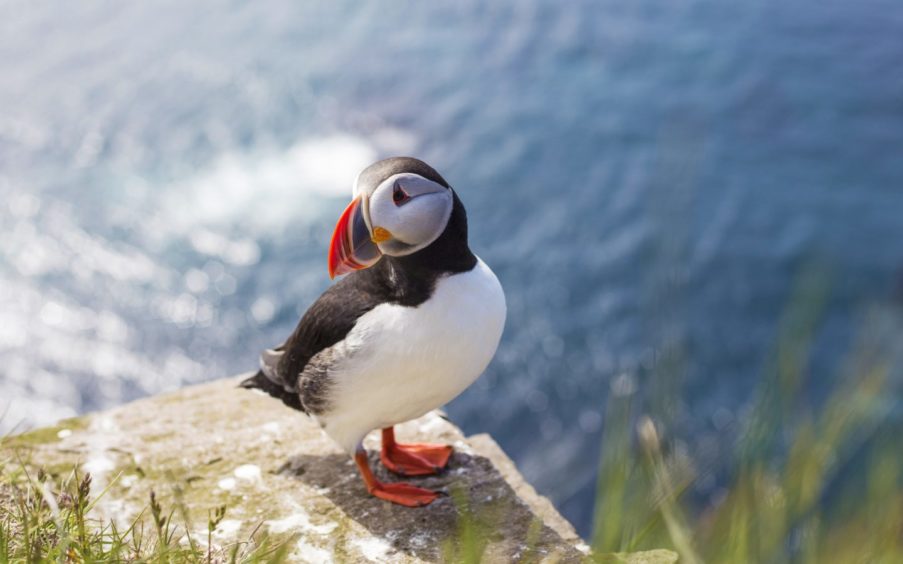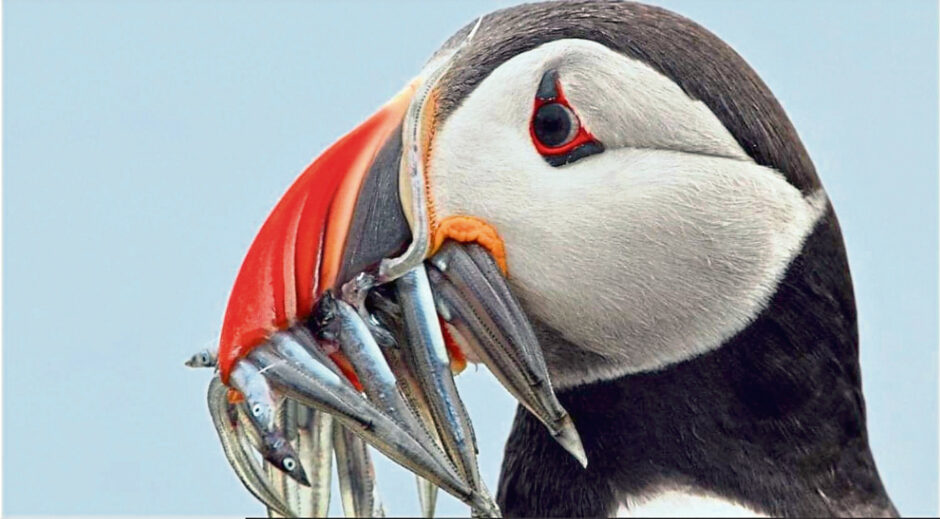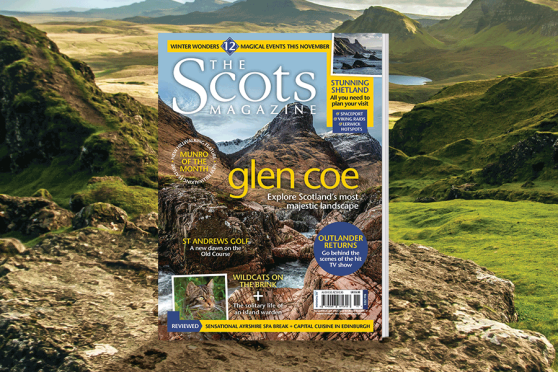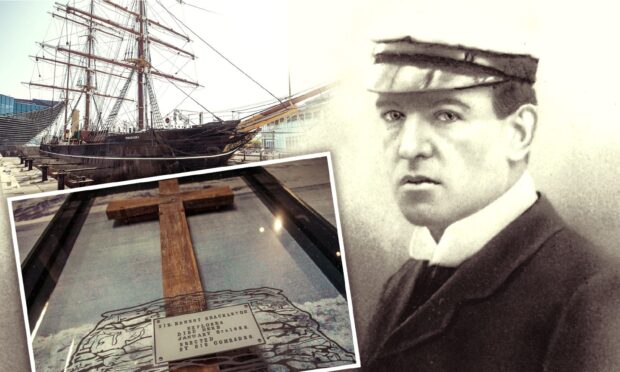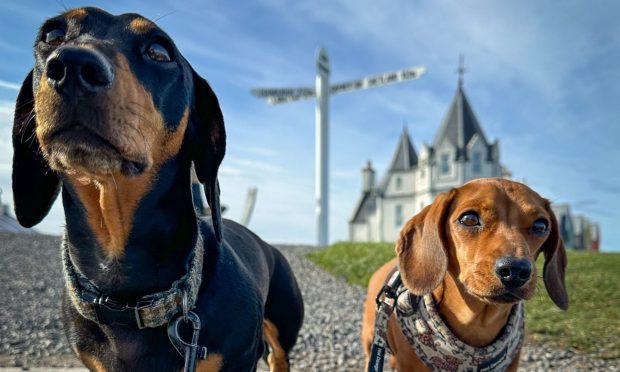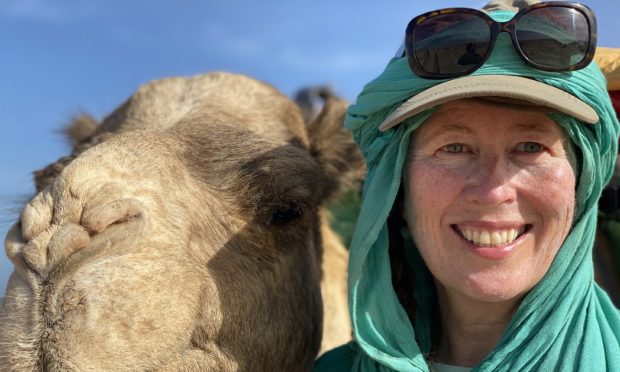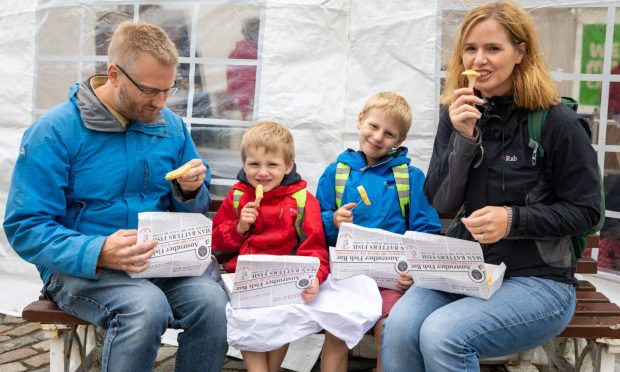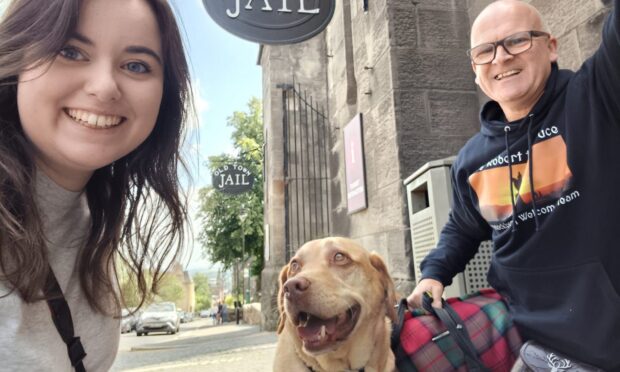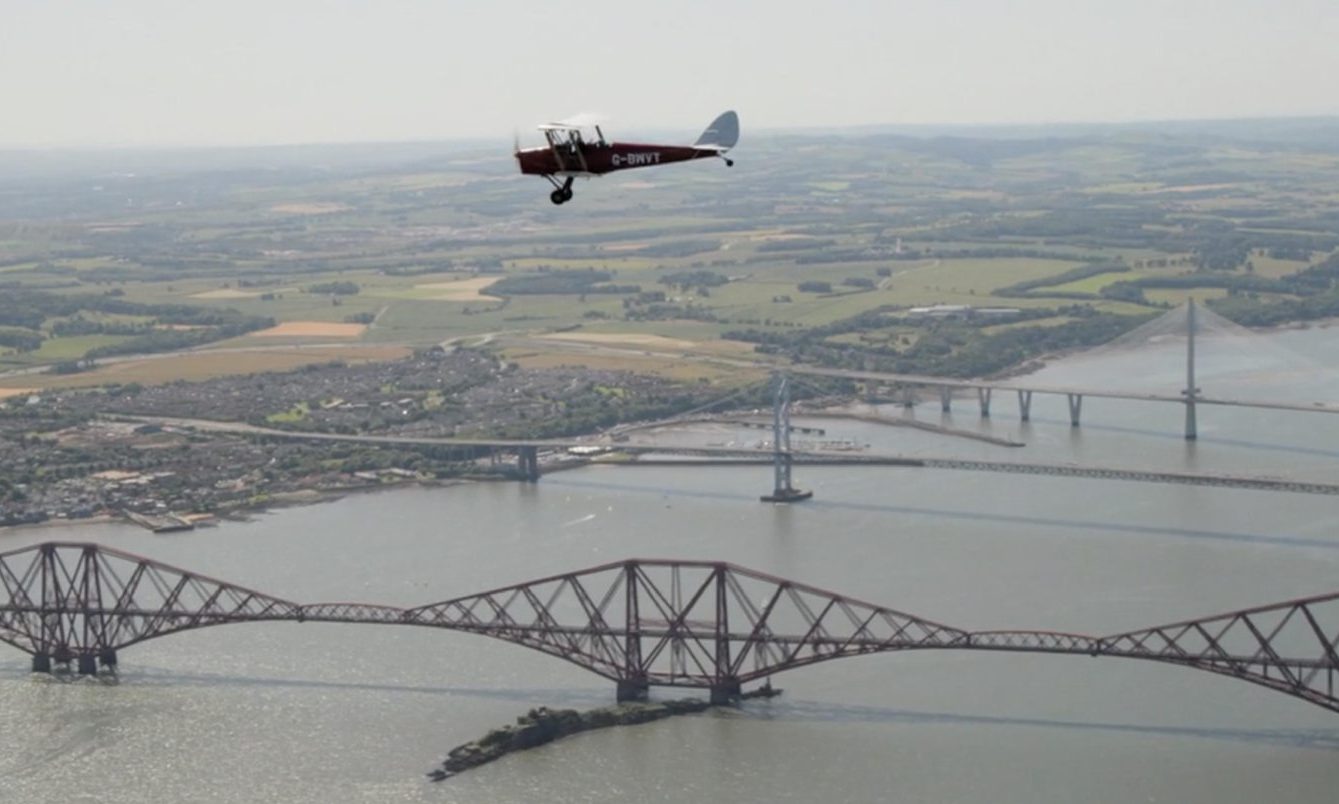A west coast of Scotland staycation included Michael Alexander and his family taking a day trip to the awe inspiring Fingal’s Cave on the Isle of Staffa followed by a special boat trip encounter with hundreds of puffins.
Some folk have chosen to sit inside the covered section of the MV Angus, to stay out of the wind, as the vessel cuts through the waves heading west. Others are sitting outside with their hoods up reading books.
We, on the other hand, are standing by the railings near the back of the boat, simply enjoying every exhilarating minute of the stunning views as the warm sea air rushes by and the occasional splash of sea spray stimulates the senses.
We were four days into our week long family holiday on the remote west coast peninsula of Ardnamurchan when, after already being spoiled with sun drenched road trips to idyllic beaches and the exploration of ancient Highland landscapes, we decided to take the plunge and book a day trip to Staffa and the Treshnish Isles aboard Staffa Tours’ newest fastest vessel.
Pick-up point
For most passengers, the journey around Mull’s west coast began from Tobermory on Mull itself.
For us, based just 20 minutes away across the Sound of Mull on the mainland, our pick up point for the six hour day trip was Mingary Pier at Kilchoan, just a 15 minute walk from our rented holiday chalet.
After 30 minutes at sea, and turning south as we reached the western end of the Sound of Mull, the perfectly clear and calm conditions meant we could see Coll and Tiree to the west, the Cuillins of Skye to the north and even the peaks of South Uist and Barra visible way out on the horizon across The Minch.
As we threaded our way through the Treshnish Isles, the skipper pointed out the intimidating ruins of a remote stronghold which once formed part of the historic ‘Kingdom of the Isles’ – a Viking and Middle Ages island empire that spanned from the Isle of Lewis in the north to the Isle of Man in the south.
The benign conditions and the incoming tide meant we were treated to numerous sightings of Minke whale leaping from the water. Cameras were also to the ready as hundreds of puffins whizzed past the vessel, dining on freshly caught sand eels.
Destination Fingal’s Cave
After about an hour’s sailing, however, excitement was building as we approached our first destination – the uninhabited island of Staffa and the breathtaking geological wonder that is Fingal’s Cave.
As the skipper took us as close as he could by sea while talking through its history, we soon came ashore at a jetty with an hour to explore the world famous sea cave formed completely of hexagonally jointed basalt.
Accessed via the fractured columns which form a crude walkway just above high water level, a hand rail means you can enter the cave itself with confidence and admire the remarkable size, sounds and colours of this 227 foot cavern where the deep and swelling sea enters below and gives amazing acoustics.
It was here that Felix Mendelssohn visited on August 7, 1829, and was inspired to compose his “Hebrides Overture (Fingal’s Cave)”.
Author Sir Walter Scott was also moved by it, describing the cave as “one of the most extraordinary places I ever beheld”.
I’m no stranger to caves, but without a doubt, this was one of the most remarkable places I’ve ever visited.
But as we travelled on to the nearby island of Lunga, the largest of the Treshnish Isles, another special treat awaited – two hours ashore getting surprisingly up close and personal with thousands of nesting sea birds including puffins, Shag and Guillemot.
Puffin colony
Within minutes of clambering ashore and walking up a steep track to a clifftop, we found ourselves just feet away from a large puffin colony nesting in burrows on the grassy hillside.
Having seen puffins up close for the first time in Orkney last year, I was amazed how surprisingly tame these comical birds were – actually coming towards us rather than flying away.
Again it was an amazing experience with just about every rock next to the track hiding another nest, and we were very lucky to see them during their breeding season.
Perhaps the most stunning – albeit smelliest – location though was at Harp Rock towards the back of the island where literally thousands of Shag were nesting on the precarious cliff face.
The noise was incredible, surpassed only by the overwhelming rich stench of guano which had turned the rocks white.
But what a mesmerising place – and a reminder of the fragile environments still a vibrant part of some of our remotest shores, including, closer to home, the Isle of May in the Forth.
*Michael Alexander and his family paid for their own holiday. For more information about Staff Tours go to www.staffatours.com
